
The Brand
The Olio dei Papi brand has a strong historical and territorial connotation. In truth, it develops from an important historiographical research work, from which it emerged that, thanks to papal incentive plan, today the olive tree is certainly the most cultivated tree species in the province of Frosinone and Pontine Hills.
Thanks to the historical data in our possession, we can understand how, before the important papal reforms, the cultivation of olive tree in the aforementioned areas was extremely linked to satisfying the personal needs of individual farmers or feudal lords. In practice, the “motu proprio” of Pius VI of 21 April 1778 was the drive to the commitment to the qualitative improvement of the oil and the cultivation of olive tree.


The Brand
The Olio dei Papi brand has a strong historical and territorial connotation. In truth, it develops from an important historiographical research work, from which it emerged that, thanks to papal incentive plan, today the olive tree is certainly the most cultivated tree species in the province of Frosinone and Pontine Hills.
Thanks to the historical data in our possession, we can understand how, before the important papal reforms, the cultivation of olive tree in the aforementioned areas was extremely linked to satisfying the personal needs of individual farmers or feudal lords. In practice, the “motu proprio” of Pius VI of 21 April 1778 was the drive to the commitment to the qualitative improvement of the oil and the cultivation of olive tree.
Olive growing
Olive growing
Those abbeys and communities have given impetus to agriculture since the year 1000, reclaiming the land from the waters and planting new vines and olive trees. All this allowed the olive tree to survive the Middle Ages and to arrive at its rediscovery that started from 1700 with the great reform action of the Papal State.
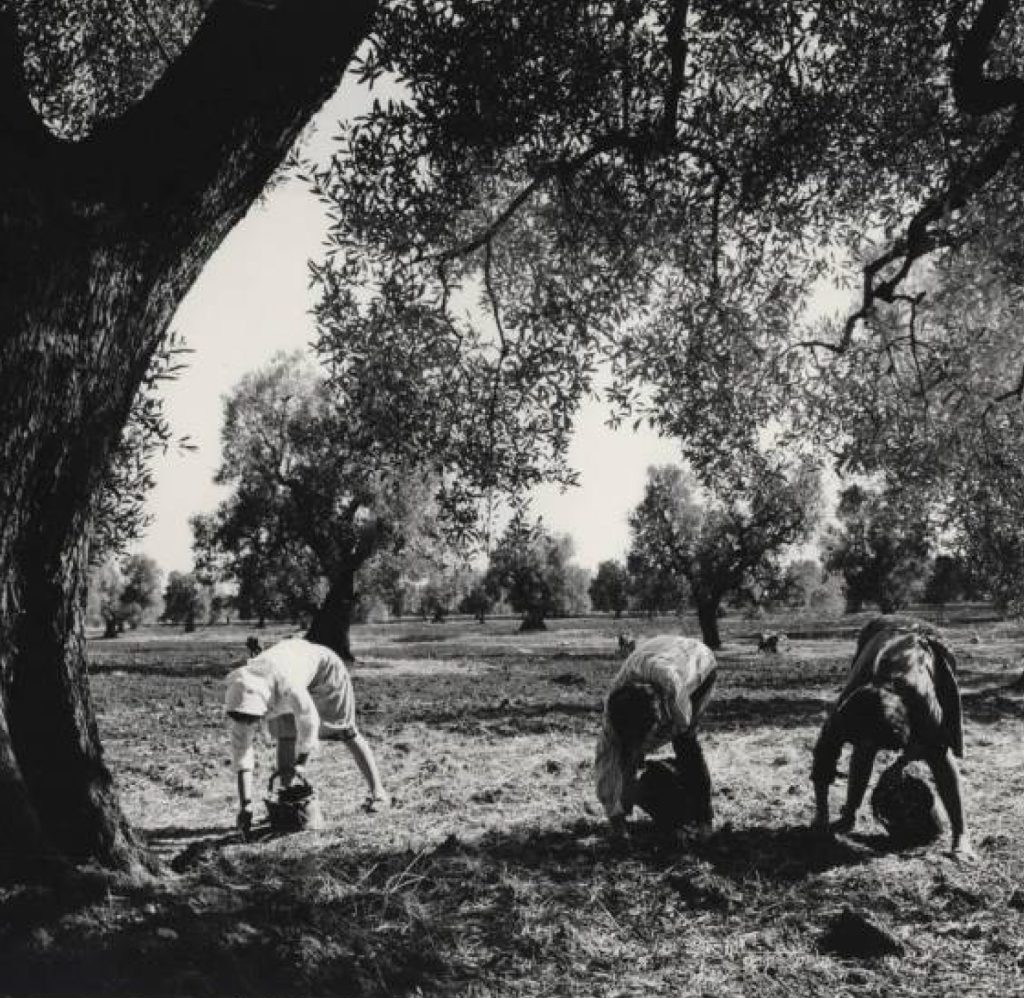
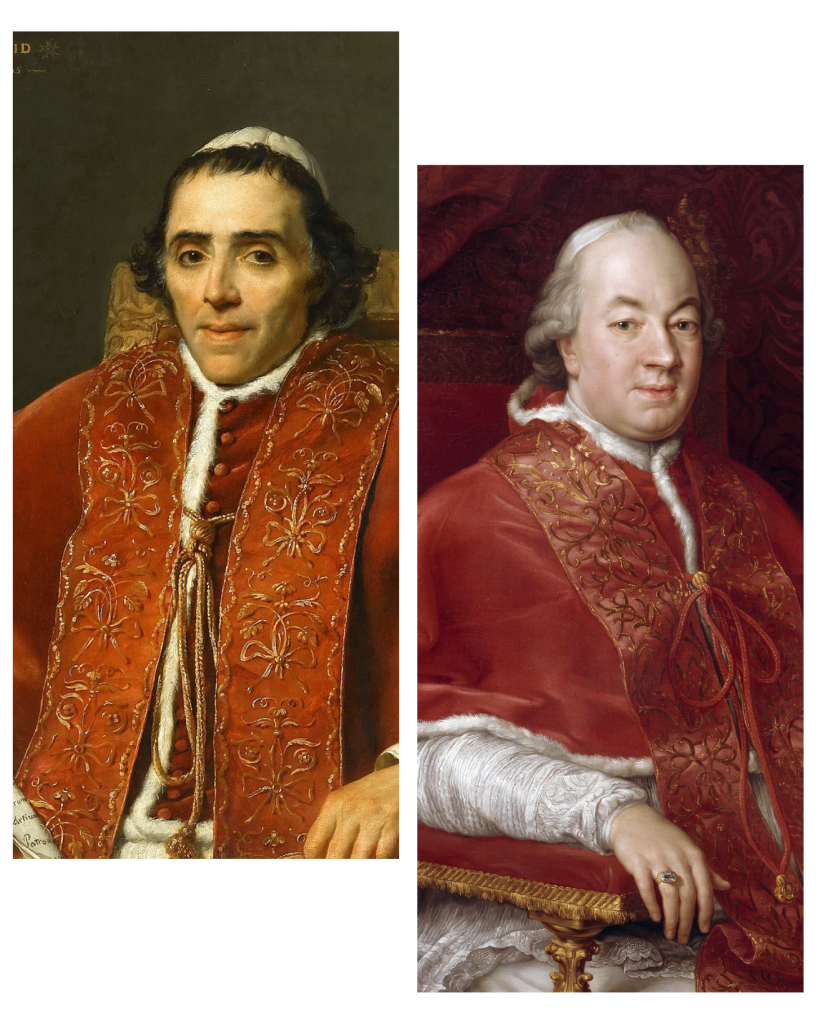
Agrarian reform
In one of the most important measures of the agrarian reform initiated by Pope Pius VI with the “motu proprio” of 21 April 1778, a prize of one Paolo coin was granted for each olive tree planted.
In the famous motu proprio of 1801 by Pius VII ” Le più colte” the Pontiff undertook a series of measures aimed at eliminating trade restrictions that were issued by previous popes. In fact, farmers were obliged to sell oil to the public stock at a price that did not cover production costs.
Pius VII, to remove the spectre of famine, that always loomed over the State of the Church, decided to abolish any edict that had obliged farmers to sell their products to the public stock. He granted them the right to sell wheat and similar products in any place of the State. Moreover, they had ample power to negotiate the price. On the other hand, the Pope applied harsh penalties for illegal trade outside the borders of the Papal State and for the owners of uncultivated land. Olive cultivation had a great increase (200,000 olive trees were planted), pushed by the liberalization of trade and the price of domestic products.
Agrarian reform

Agrarian reform

The Reclamation of the lands
Those important measures were followed by a series of land reclamation actions and the reduction of large estates in the Papal States.
The Pope considered an urgent matter the draining of the swamps to eliminate the danger of malaria. He understood that this work would have required large amounts of money. Consequently, he established that the Apostolic Chamber would have to contribute to the expense.
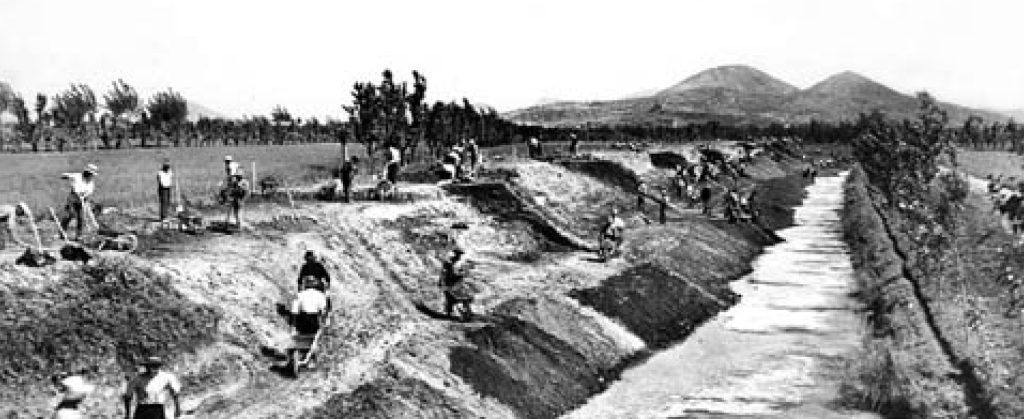
The olive-growing vocation
In the “Motu Proprio”, the Pope established cash prizes for the construction of farmhouses, and the Pontiff also wanted the settlers, if they wished, could obtain a foundling or orphan for each family, in order to educate and instruct them in the agricultural art.
During the period of the French administration, between 1811 and 1812. They made further efforts raise awareness among farmers. They reconfirmed the choices for olive-growing. And, they allocated 12,000 francs to encourage olive cultivation in the southern Latium.
In 1813 the olive-growing saw an increase of 27,000 hectares of cultivated land. The choice to continue the action further strengthens the importance of the reform that the papacy was carrying out. To confirm that, in 1814, after the fall of Napoleon, Pius VII returned to the fullness of his powers and restarted the economic and agrarian reform.
Only thanks to the innovations made in the nineteenth century, the olive production of southern Latium opened up to the European market. As a consequence, the Roman trade balance became active for the olive oil.
